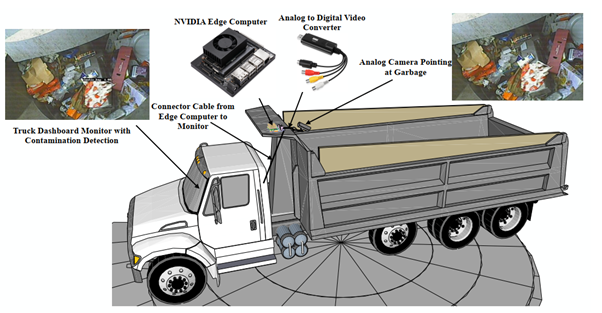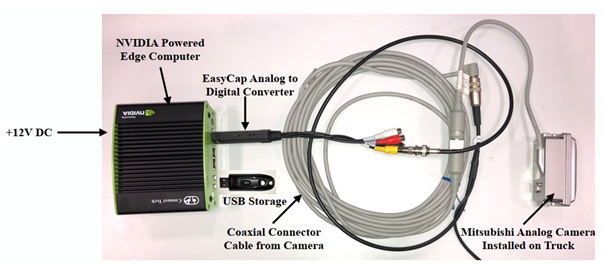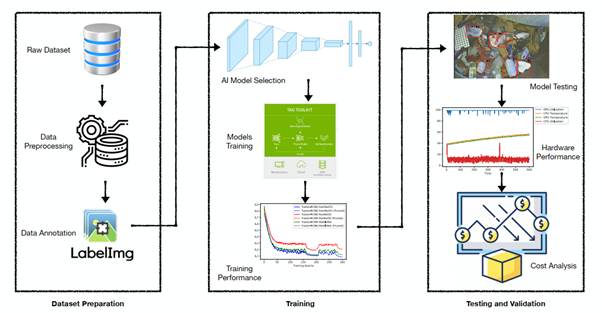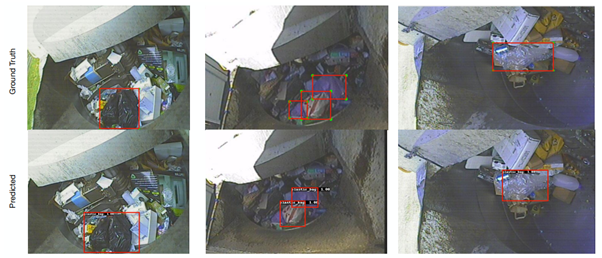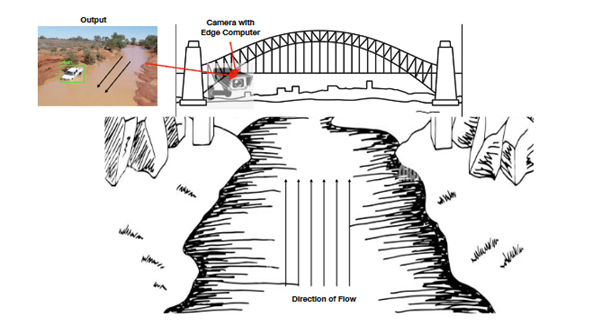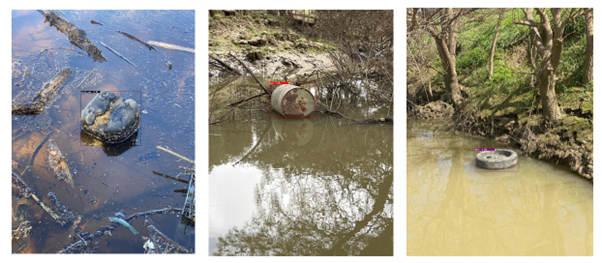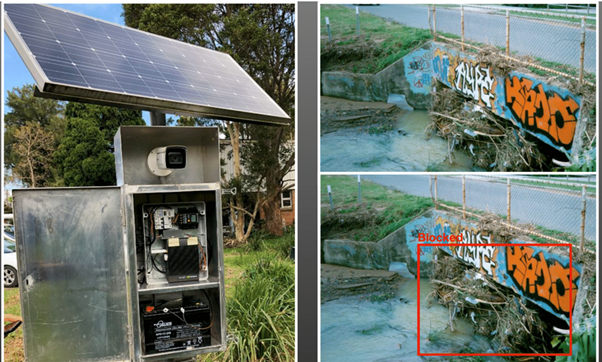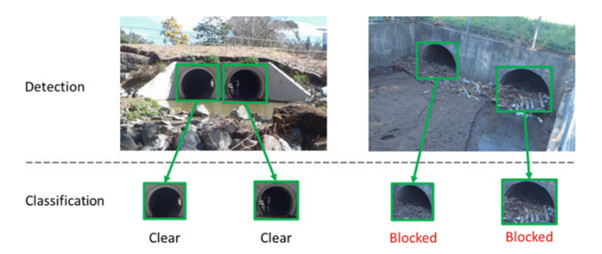Empowering the Future with AIOT
Through SMART and the creation of the Hub, we started to see growth in IoT, which led to IoT+. The challenge with this is to expand the digital ecosystem. This hub was funded through a federal government grant, aiming to provide a platform to research AI and IoT for industry projects and to solve problems for local SMEs. It's an initiative similar to the Telstra hub, a great way to connect the industry and bring together relevant AI industry partners like Microsoft, NVIDIA, and Telstra. We bring industrial problems and solve them using this technology in collaboration.
When we think about the implications, challenges, or opportunities for IoT+, particularly in the local region or at national and international levels, we don't yet know the full possibilities. A few years ago, no one could have predicted the rapid advancements. Technology seems to advance faster than politics and regulations. We know the technology is capable; we just need a good framework.
When I hear the terms AI and IoT, I think of emerging technologies making their way into creative industry businesses. We're running a flagship symposium event for the Telstra UOW Hub for IoT solutions. I believe in the value of face-to-face events for tech industry insiders, startups, or anyone interested in this space. These events trigger new conversations. For me, this type of symposium and conference, with significant performance, represents an opportunity to share and shape ideas. You return to your space and refine your solution. It's an exciting time as it brings creative industries and deep tech professionals together.
The event on the 10th of November is exciting because it shows how AIT can relate to areas we haven't looked at so far, especially in the creative industries. I'm interested in finding out what researchers, academics, industry professionals, government representatives, and others think about how AIT will relate to their fields.
I'm interested in the intersection between business and creativity. I believe there's viability in creativity. As someone who thinks about this intersection, I also need to consider emerging technologies and how they can enhance businesses. For me, the symposium is an excellent opportunity to immerse myself in this thinking and surround myself with people who share these interests. This allows me to share that knowledge with my clients.



